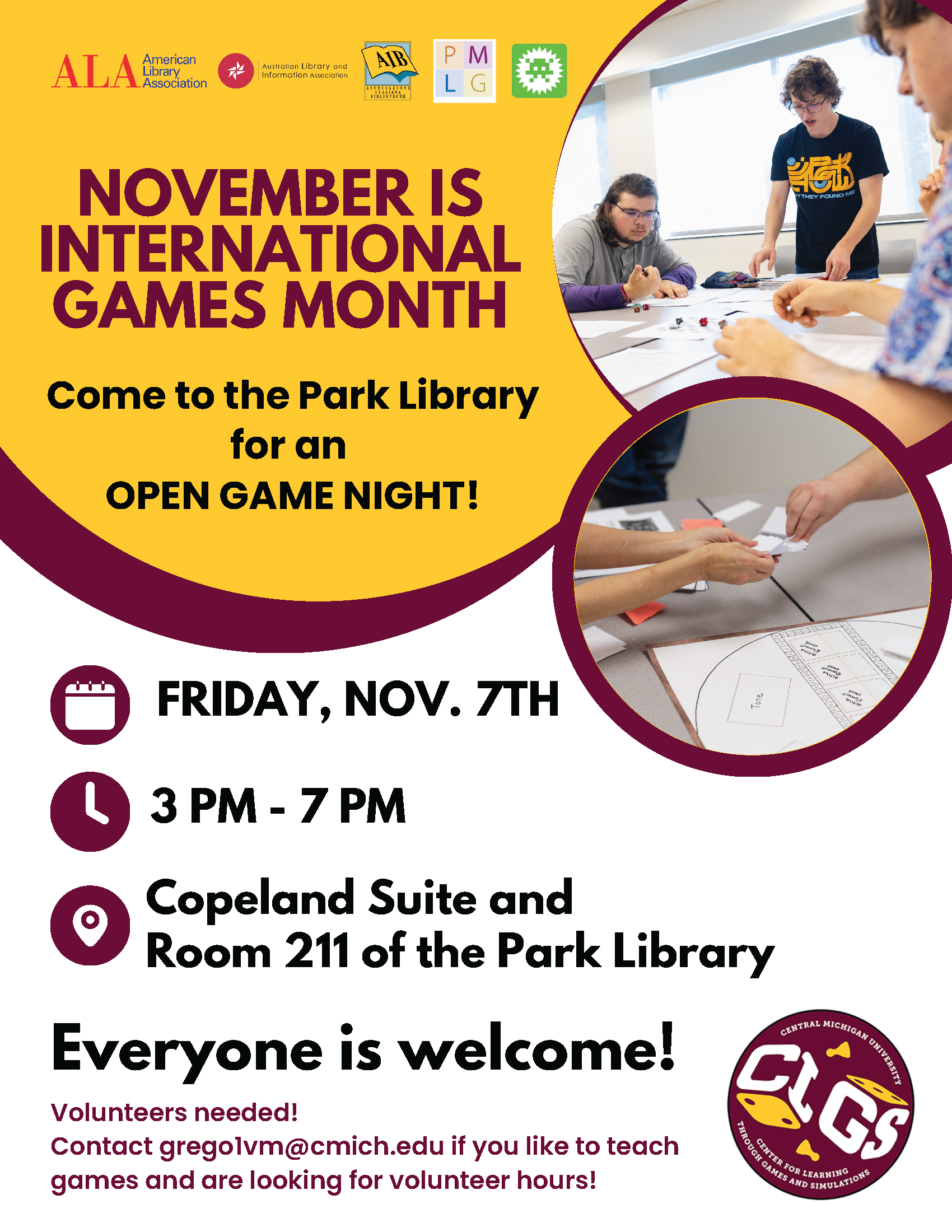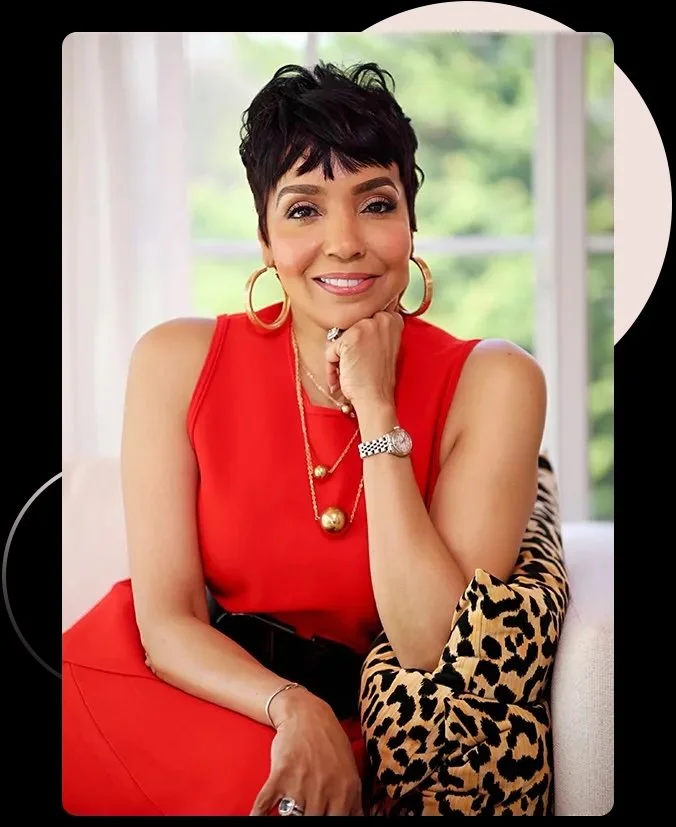Reflection: Fake news and climate change
/While dwelling on the Critical Engagements theme for this year, Fake News, I cannot help but consider the thread of scientific distrust that is intertwined within this topic. I am a climate scientist.
I went to college for meteorology and to graduate school for climatology. I was trained to inspect and analyze data, think critically and logically, draw conclusions from the evidence, and present results with confidence bounds to a degree of detail that makes my work reproducible. I was trained to be a scientist. Sometimes people ask me how I feel about the “controversy around climate change”, or whether or not I “believe in climate change”. Every time I’m asked this I am left quite perplexed. For climate scientists and assuredly other scientists, there is no controversy, there is no belief. There is data, evidence, analyses, and conclusions. Scientists are trained to accept or reject hypotheses based on data, there is no controversy or belief.
To help clarify the scientist’s point of view, let me go over how scientific knowledge is created in a broad sense.
The Scientific Method
Inspired by Copernicus and Galileo’s use of observations and inductive reasoning, Francis Bacon was the first to formalize the idea of a scientific method in Novum Organumin 1620, advocating a method of systematic inductive reasoning for questioning observations in nature with a focus on experimentation to prove or disprove ideas. The idea of a universal scientific method was debated and modified by great thinkers from the 17th to the 19th century, at which point it was more or less accepted by the common scientific culture in the form we use today. It is essentially a list of general principles used in answering questions about the natural world in an inductive manner, in which observations lead to theories which lead to experiments, which prove or disprove the theories. The specific steps in the scientific method may vary by discipline and perhaps by question, but the basic components are fairly ubiquitous:
Scientists make observations (which we record and then call data). For example, Galileo made observations of the motion of the stars and Jupiter’s moons using a telescope. In a closer-to-home example, I study snowfall observations from around North America.
Scientists form hypotheses about their data, which are testable conjectures based on the observations. Based on his observations from his telescope, Galileo hypothesized that the Earth was not in the center of the solar system. Based on snowfall observations, I hypothesized that the extent of Arctic Sea Ice can impact North American snow storm tracks.
Scientists develop rigorous and reproducible tests (experiments) to determine whether or not they can accept or reject their hypothesis. Galileo observed the phases of Venus in such detail as to prove that it orbited the Sun and not the Earth, thereby accepting his hypothesis that the Earth was not in the center of the solar system. I conducted analyses on Arctic Sea Ice extent data and North American snowfall, to quantify the months and lag in which there was a quantifiable effect of sea ice on snowfall. Since my analysis showed that fall snowfall in the Pacific Northwest and Great Lakes regions are best described by the previous spring’s sea ice extent, I accepted my original hypothesis.
Scientists publish their results to undergo external review, and replication. The peer review process can be a gauntlet, whereby scientist’s work is evaluated by other experts in the field. Not just other scientists, but leading scientists in the small sub-area of specialty that your theory falls within. I underwent this process to publish my work in the International Journal of Climatology. Galileo had the added privilege of his work undergoing external review by the catholic church. In her Ted Talk (linked at the bottom of this page) Naomi Oreskes refers to this process as science being judged by a jury of geeks. I encourage you to watch her ted talk on why we should believe science (my students reading this post are required to watch it - you know who you are). We also publish so that others can reproduce our experiments. This is so they can confirm our results and extend them to ask and answer new questions about the natural world.
By the time a scientific paper is published it has undergone intense scrutiny by several different scientists, to confirm that the data and methods are sound and the conclusions follow from the analyses. This entire process results in relatively high confidence in the validity of scientific claims, especially when research is conducted by multiple independent scientists in different fields of study and they all result in the same conclusions (such as is the case with climate change).
The scientific process and the scientist are meant to be meticulous, and as exact as possible which allows for this component of reproducibility (replication of experiments). However, this training can have an unfortunate byproduct of making scientists sometimes difficult to converse with for non-scientists. For example, if you were to ask me if I think it’s going to be a snowy winter, I would first list the most recent observations from the equatorial Pacific to the Arctic to explain the data that goes into a winter outlook. I would follow that with interpretations of the mathematical models that generate a winter climate projection using the aforementioned data, and then finally give my conclusion based on this data. If I’m being a thorough scientist, I will then give you an estimate of my confidence and the potential error in my conclusions. This is usually enough to make a non-scientist totally tune out. But I feel that anything less would be inaccurate and make my comments appear as simple guesses.
I cannot help but wonder if scientists and non-scientists are effectively speaking different languages, which may serve to foster distrust. However, if you are a non-scientist and have read all the way through this blog post there is hope. You perhaps understand us a little better. When you talk to us, listen for the scientific method in what we say and how we say it. Ask us about the data or the evidence rather than how we feel about a controversy. Thank you for your interest in how scientific knowledge is created, perhaps this will be a step toward bridging the language gap and dissolving blind scientific distrust.
Daria Kluver (kluve1db@cmich.edu)













